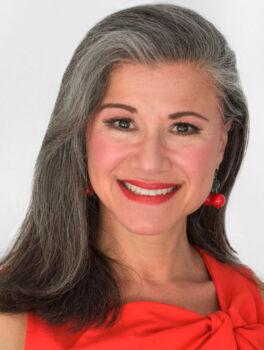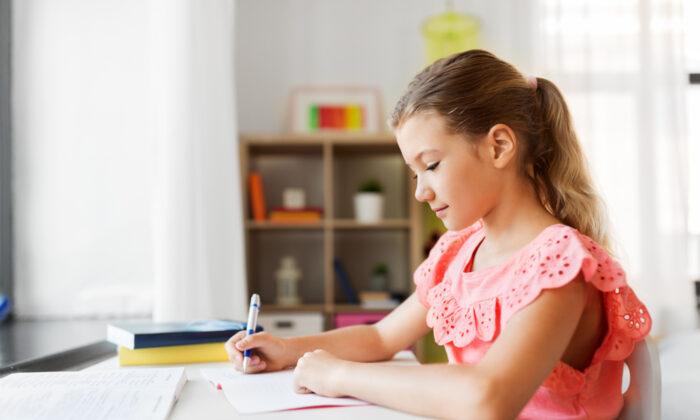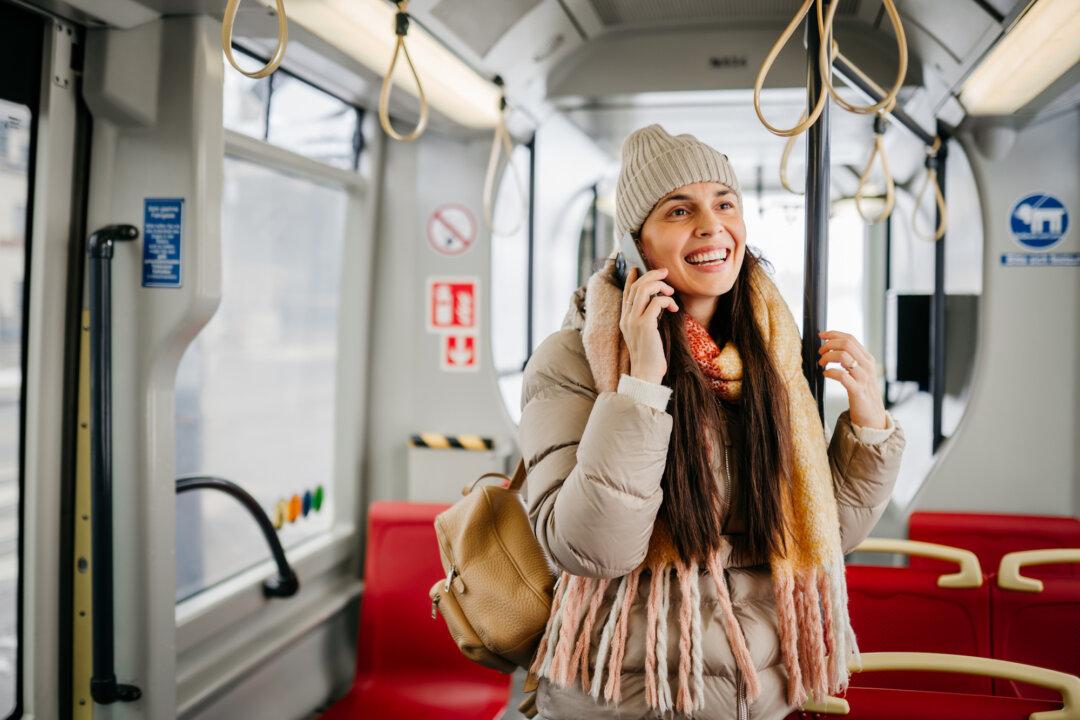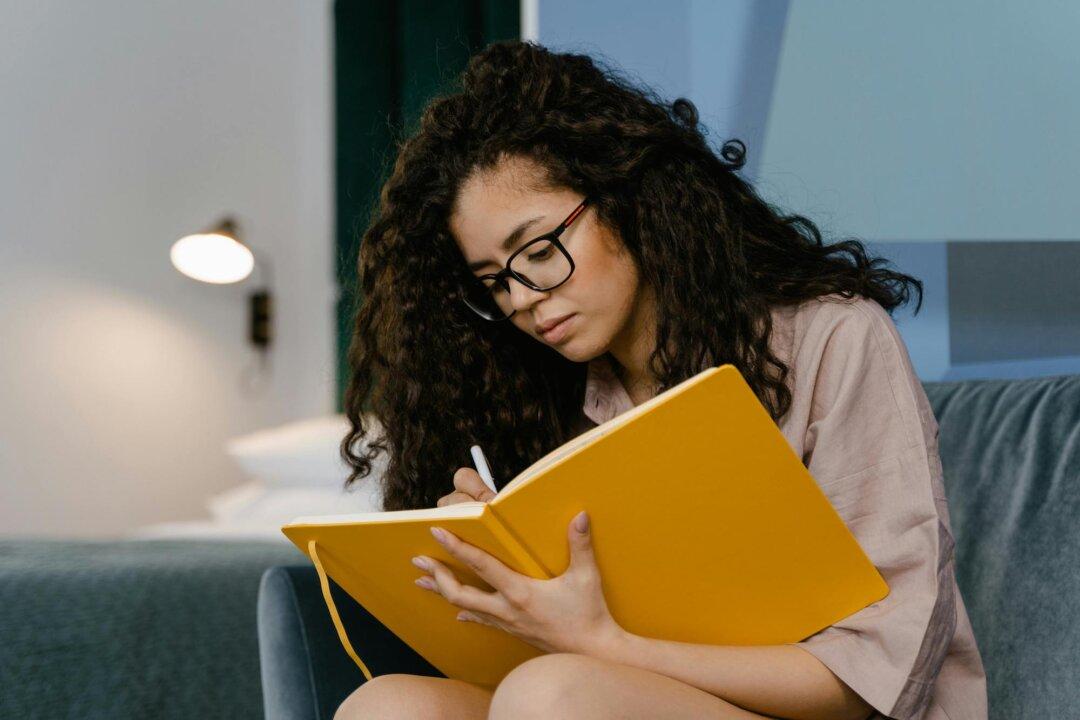A student’s physical environment has a significant impact on their ability to focus, be creative, and learn. I spoke to award-winning educator and educational design expert Karen Aronian about how to design effective learning environments for our kids. Here’s what she said.
The Epoch Times: How does a child’s physical environment impact his or her ability to learn?

Karen Aronian: Environments and conditioning drive learning and can genuinely optimize genetics. How we set up spaces can motivate and transform children’s aptitudes and attitudes. Teachers are especially conscious about how they lay out their classrooms for learning, and parents—we are all teachers, too—can intentionally set up their homes for learning as well.
The Epoch Times: How do effective learning spaces differ among different age ranges?
Dr. Aronian: Families should reimagine their learning spaces each year, or as needed, with their children’s input and interests regarding what is most comfortable and workable for them; ultimately, their input equals their buy-in.
The Epoch Times: What are some common mistakes parents tend to make when creating a learning space for their children?
Dr. Aronian: A common mistake parents make when creating learning spaces is to visually over clutter and overstock manipulatives and playthings. Instead, rotate various educational activities and items on the first of the month; note those in your calendar.
Furthermore, don’t overpay for education items or furnishings that you may already own, or someone may freely give; repurpose, recycle, and reuse what you find on Freecycle, Facebook Community Pages, Craigslist, and second-hand.
The Epoch Times: What are the fundamental elements every child should enjoy in a learning space?
Dr. Aronian: Foremost, consider safety in designing an education space; make sure the environment has a clear exit (label it for small children) with nothing underfoot or blocking their way out of the area.
Key elements to consider within the learning environment are a quiet space with minimal distractions, a digital device with high-speed internet, and parental academic supervision.
Ideal study spaces have natural light, fresh air, noise-blocking sound machines and/or noise-canceling headphones, and air purifiers to clean the air (a plant can do this, too). Consider atomizers with scented oils to perk up or calm. Peppermint is activating, lavender is calming.
The basics of feng shui—if possible, avoiding putting your back to the door—can further add to our readiness, wellness, and productivity within the environment.
The best way to create space is to personalize the spot to one’s interests, colors, and themes. All the comforts of home—snacks, drinks, pets, lovies—should be the silver linings.
Additionally, bring in options that sustain children’s attention—fidgets, focus music, wiggle cushions for seats—and post reminders about breaks and to-do’s.
Furnishings should incorporate several options for learning and study: a seated chair and sturdy desk to replicate how children generally sit at in-person school. Aim to provide an ergonomic chair where feet touch the floor for better balance, driving better penmanship and keyboarding. Other potential offerings could be a wobble or ball seat to sustain attention.
Further alternatives are a standing spot, as well as a grounding floor location. A simple way to create a standing desk is to clear a shelf at chest height, and a floor spot could be a cozy corner with a soft rug, pillows, and wall for back support.
A basic clipboard or lap desk provides a low-cost way to move to multiple-choice locations inside or outside for an instant reset with company or no distraction.







Friends Read Free